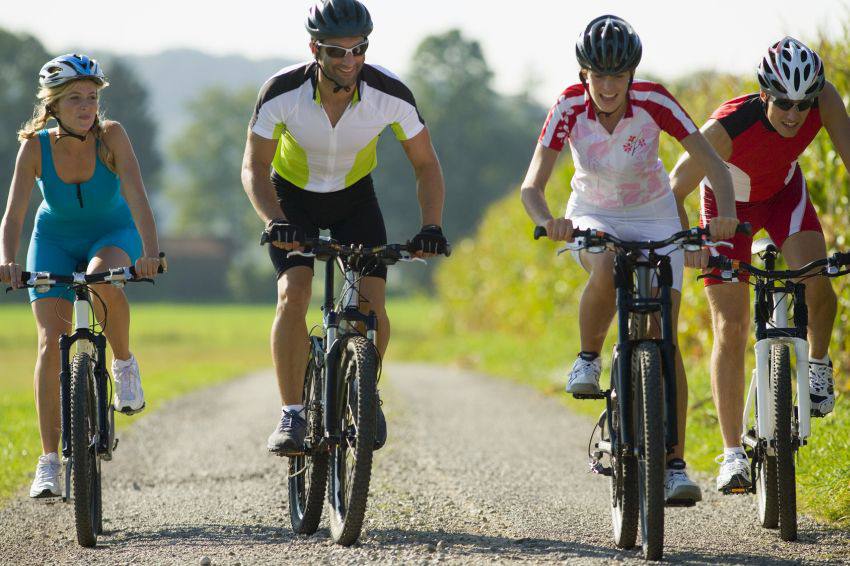Why travellers prefer Blue Cross
- Canada's #1 travel insurance brand and recognized worldwide
- Over 75 years of expertise in insurance
- $5 million travel insurance coverage, with or without deductible
- Flexible and affordable travel insurance solutions
- Free quote available online
- Travel assistance available 24/7 for any emergency, anywhere you travel

How to prevent cycling injuries
Published on: April 1, 2015
Cycling is a fun way to get around, maintain good physical health and enjoy the outdoors. Although the benefits of cycling are numerous, cycling has some risks, so take basic safety precautions while you make the most of this popular leisure activity.
Protect yourself
A helmet is an essential piece of safety gear, so it is important to ensure yours fits properly. To provide you with adequate protection, the helmet’s brim should sit level on your forehead, without impeding your vision, and its straps should fit closely but comfortably. A good helmet should last five years, but if yours bears the brunt of a nasty fall, replace it immediately. In addition to a helmet, wear long-sleeved clothing to shield your skin from the elements, knee and elbow pads to reduce impact injuries in case of a fall, and gloves to improve your handlebar grip. To alert others of your presence, wear light-coloured or fluorescent clothing during the day and reflective clothing at night.
Check your bike
Before you take to the saddle, check that your bike's vital components are working efficiently. Pull the brakes to ensure you have adequate stopping power, inspect the wheels to confirm they are spinning smoothly, check the tires for wear and tear, and examine the frame and forks for cracks. If you cycle at night or in bad weather, ensure your lights and reflectors are fully functioning before you set off on your journey.
Respect other road users
When you use roads and shared paths, cycle with care and attention, and use basic hand signals to communicate your intentions. Ride a safe distance from all vehicles, including other cyclists. Remember that drivers of large vehicles may be unable to see you, and anticipate the movements of pedestrians, who may step in front of you without warning.
Avoid distractions
Your senses are your best tools for staying safe. If you use your cell phone, listen to music or ride with your hood up, you will reduce your awareness of important sights and sounds, such as oncoming traffic or sirens from approaching emergency vehicles. Eliminate distractions when you’re cycling and focus solely on the road.
Cycling is not a dangerous activity, but if you fall off your bike, you can sustain serious injuries. To enjoy cycling without worrying about the consequences of an accident, make sure your health insurance offers comprehensive protection.